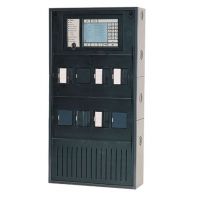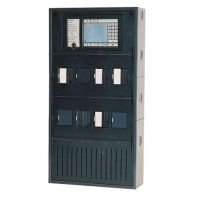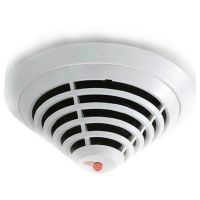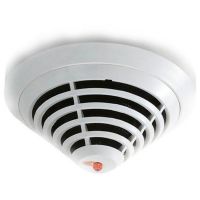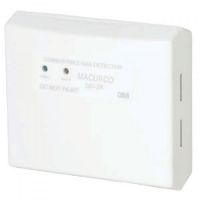We use cookies to make your experience better. To comply with the new e-Privacy directive, we need to ask for your consent to set the cookies. Learn more.
All Categories
- Automation Products
- CCTV Camera
- Entrance Security Solutions
- Walk Through Metal Detector & Archway Gate
- X-ray Baggage Scanner
X-ray Baggage Scanner
- Hand held metal detector
- EAS Security System
- People Counting Systems
People Counting Systems
- Retractable Gate
- QR Code E-Ticketing Turnstile
- Walk Through Metal Detector Rental Service in Bangladesh
- X Ray Baggage Scanner Rental Service in Bangladesh
- Intelligent Video Analytics

- Access Control and Time Attendance System
- Access Control System
Access Control System
- Fingerprint Access Control System
Fingerprint Access Control System
- KJTech Attendance Machine
- Anviz Fingerprint Access Control System
- Virdi Fingerprint Time Attendance device
- Futronics USB Fingerprint Scanner
- Nitgen Access Control Finger & Card
- Nordson Access Control System
- ZKTeco Biometric Time Attendance device
- VARITO Biometric Access Control Terminal
- Granding Access Control System
- Suprema Access Control System
- Secugen Fingerprint Scanner
- Face Recognition Time Attendance System
Face Recognition Time Attendance System
- ZKTeco Facial Recognition Time Attendance Terminal
- Suprema Facial Recognition Time Attendance Device
- Granding Face Recognition Time Attendance System
- Virdi Face Detection Time Attendance Device
- NITGEN BioAccess Face Fingerprint Access Control
- Anviz Smart Face Recognition Access Control
- Nordson Face Time Attendance Terminal
- Hundure Face Reader Biometric Attendance System
- FaceID | Hanvon Facial Recognition Access Control System
- Tipsoi Face Recognition Device
- Fingerprint Scanner Device
Fingerprint Scanner Device
- Time Attendance Machine
Time Attendance Machine
- Time attendance Management software
- Palm Recognition Access Control
- Exit Reader
- Door Lock
- Accessories
- Access Control System
- Fire Alarm System
- Tripod Gate | Flap Barrier
- LCD/LED Digital Signage Advertising Display Kiosk
- Queue Management System
- Vehicle Control System
- Conference & PA System
- LED Display Module
- Counter Surveillance

- Others
- Home
- Bosch Analogue Addressable Smoke detector


